railway-international.com
28
'22
Written on Modified on
ACB-3000, 2 Milliseconds Switching When One Line Fails
Find out in this article the performance of Premium PSU’s ACB-3000 redundancy static transfer switch. We have recently carried out tests on the ACB-3000 that prove that the device switches in less than 2 milliseconds from one input to the other in an error situation.
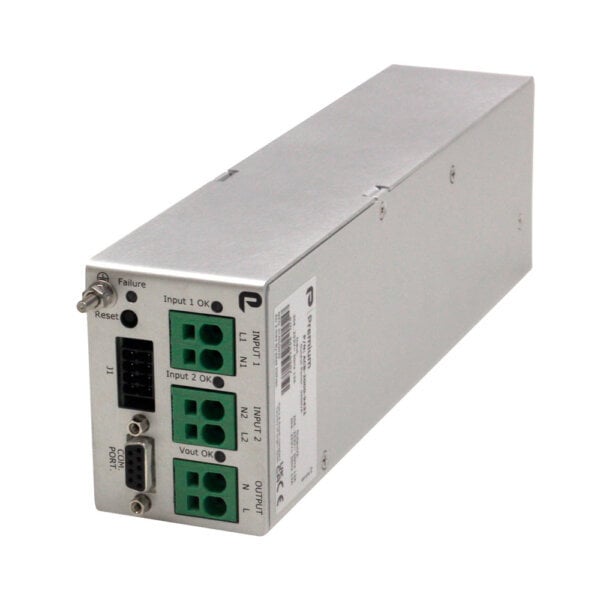
What is an ACB-3000?
ACB-3000 Redundancy Static Transfer SwitchThe ACB-3000 is an ultrafast two lines static transfer switch. It selects the appropriate line in case one of them fails.
The device constantly monitors the evolution of the waveform of both lines. If the selected line goes out of the specifications, the system changes the line in less than 2 milliseconds, which is possible due to its fully digital control and the power switches used: SiC MOS.
The ACB-3000 is suitable for the Premium PSU’s ODS-750, ODS-1500 and ODS-3000 inverter families, which have been designed to operate in both industrial and railway environments.
In case of failures, the unit can signal locally using a LED, and also remotely by a solid-state signalling relay and a CANopen bus port. The ACB-3000 is also protected against overloads and short circuits through a current-limiting circuit.
How did we carry out the testing?
We used two ODS-3000 for the measurement and exposed them to different situations to cover as many scenarios as possible.
We also used:
- A Tektronic TBD 2000 oscilloscope, calibrated at 21/01/2020
- A Xantrex XDC 60-100 as the source that supplies the ODS
- An ElektroAutomatik EA-PS 5200 10A used as a second DC source to supply the remote control of the ODS
All tests were carried out in a full load situation.
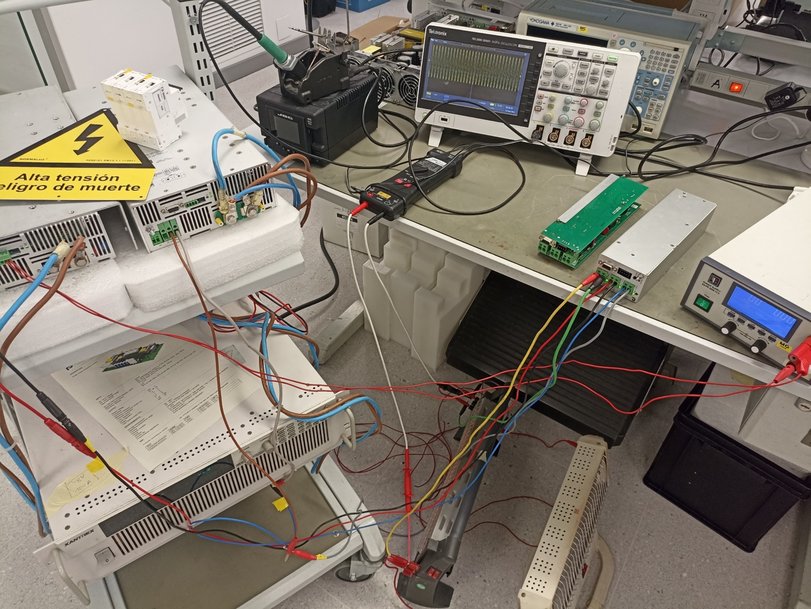
Image 1: Testing set up
What were the results?
Image 2 shows the SiC Mosfet drivers’ signal difference between the deactivation of the first one and the activation of the second one is exactly 2 ms. Since the microcontroller detects an error from the first line, it takes 2 ms to check the other input and decides if it can switch to the other line.
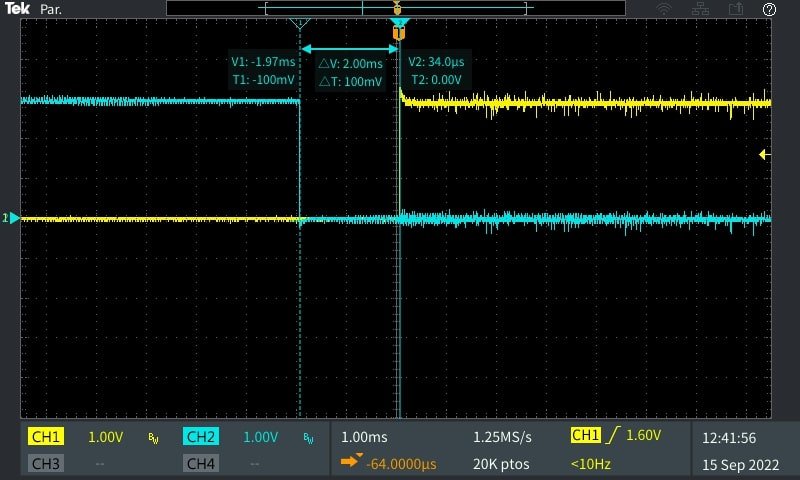
Image 2: Gate signal of channel 2: yellow – Gate signal of channel 1: blue
Image 3 shows the output signal of the ACB in a switching situation. In this case, we supplied both inputs with the same ODS to ensure the inputs were in phase. To force an error situation, we used a simple circuit breaker in priority input.
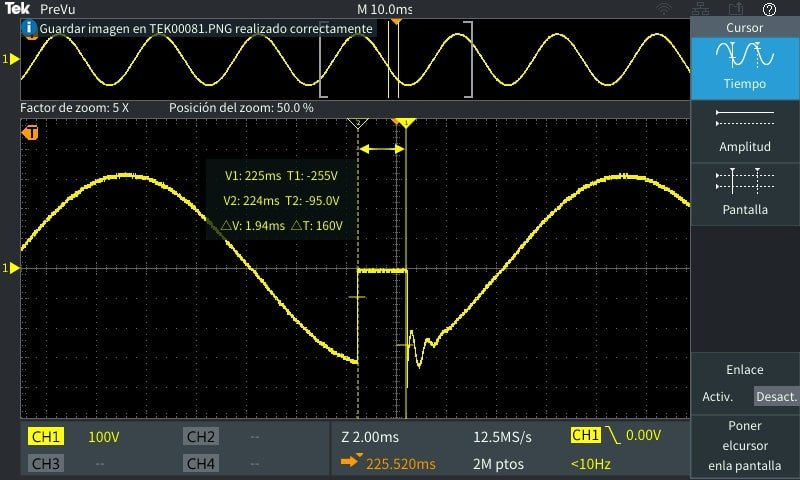
Image 3: Output signal in a switching situation when input signals are in phase
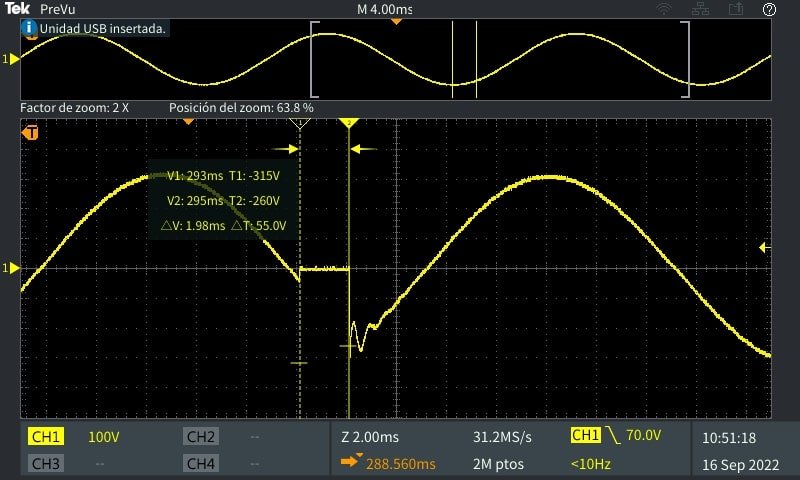
Image 4: Output signal in a normal switching situation, where input lines are not in phase.
The ACB-3000 can detect different types of defects in line and switch to the other in less than 2 ms, a priceless amount of time for most of the loads. During the 2 ms, the unit samples both lines, processes the data and decides changing or not the input line. In case of a line failure, the present strategy is to apply a blanking during the 2 ms at the output to avoid unknown transients.
At Premium PSU, we are currently working on improving the ACB-3000’s switching alogrithm in order to reduce the switching time or eliminate the blanking time.
www.premiumpsu.com

